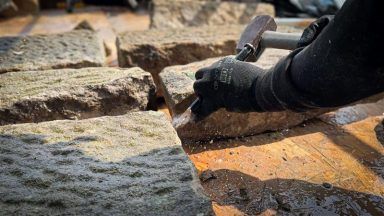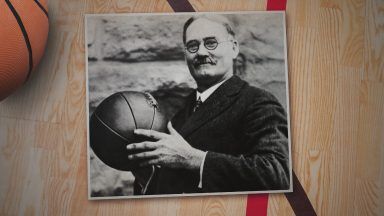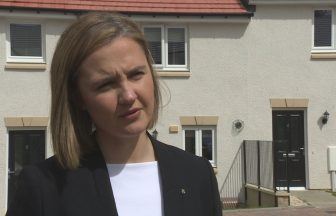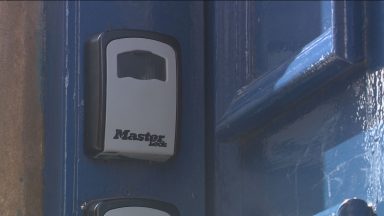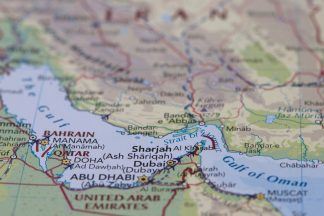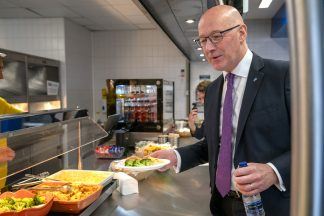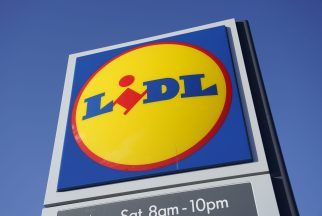For once, I think the rhetoric remained grounded and not compromised by hyperbole.
Anas Sarwar and Sir Keir Starmer described last Thursday’s by election triumph for Labour as “seismic”.
Given how marginal their party has been of late in Scottish elections, it seems to me to be a fair enough statement.
The 20% swing from the SNP to Labour would have raced the pulses of dozens of SNP MPs who must be asking if electoral Armageddon awaits.
By-elections come in one of two forms: a classic protest which doesn’t signal anything about the reshaping of politics or something more profound that changes the political weather.
I think Rutherglen and Hamilton West will be shown, in the fullness of time, to fall into the latter category.
Now we must dust this analysis with a few caveats. One, the turnout was low at just under 38% and at the general election it is likely to be above 60%.
Second, it is quite possible that many SNP voters stayed at home but will vote at the election due next year.
In addition, it is unlikely that Labour will repeat such a swing at a general election when the issue is electing a government and not just an individual MP in a constituency where the circumstances that created the by-election were not good for the Nationalists.
For all that, this is hard evidence to follow on that of the opinion polls which demonstrates that all is changed.
Labour is now back in the electoral game and in so competing, we have probably passed the high point of the SNP’s electoral stranglehold in Scotland.
The result was manna from heaven for Sir Keir Starmer and a disaster for the First Minster.

Humza Yousaf heads a party more ill at ease with itself than at any point in the last thirty years.
The iron discipline that hermetically seals dissent is gone.
Many privately believe the party’s record in government leaves a lot to be desired and there is an unbridgeable chasm over a strategy for independence.
The “new fundamentalists” believe that the spirit of 2014 has been betrayed.
Many in the broader Yes movement believe that independence hopes have been dashed by a failure to tap into the energy of the 45.
Instead, some argue that a dreary managerialism has sought to embolden credibility as the “natural party of government” whilst kicking the can down the road on what to do about indyref2.
In twenty years time, it may be that the first draft of our recent history will record that Nicola Sturgeon’s legacy was to worship at the altar of inertia to the extent that she set the cause of independence into reverse by not seizing the opportunities of the post-2014 period.
Her supporters will counter by saying that many in the movement inhabit a parallel universe in which a strategy grounded in reality is an after-thought.
There is no easy answer to the strategic conundrum that exasperates supporters of independence.
The only legal route to a second plebiscite is for Westminster to assent. That will not happen. Rutherglen is another nail in the coffin of referendum hopes.
Indeed, some in the SNP believe it’s time to stop talking about another referendum. The party’s upcoming annual conference may well embrace a new strategy but whether it is one that is easy to understand and even easier to communicate remains to be seen.
It must be apparent to those who believe the Sturgeon era to be a disaster for independence ambitions, that the current SNP leadership are not going to act as insurgents.
All of which begs a question. What is the broader movement going to do?
Alba appears to be a party with a few ideas (Constitutional Convention, one pro-independence candidate per constituency in 2024) but appears to want to conduct a civic discussion with the SNP when it is clear the party of government are both deaf and resistant to entertaining anything associated with Alex Salmond.
All of this discomfort further encourages Labour in its belief that 2024 will see a genuine revival in Scotland.
The greater psephological extrapalations from last Thursday, has Labour picking up 41 additional seats in Scotland.
On such a scenario it is difficult to see how the Tories survive at a general election given the polls in England have Labour well ahead too.
The other factor that points to a substantial Labour recovery is that 2019 was such a bad year when the party’s share of the vote in Scotland dipped below 19%.
Indeed, the Tories managed to pick up a quarter of the vote north of the border, many of those votes in central belt seats that effectively killed any chance of a Labour victory in a whole swathe of constituencies.
In Rutherglen and Hamilton West, Labour squeezed the Tory vote. But more than that they got SNP votes by the barrow load.
Labour will squeeze the life out of the Tories in urban seats next year. Such is the size of that vote, that a significant tactical shift will ensure that even a modest retreat in the SNP vote should be enough to get Labour over the line.
In Rutherglen, the Tory vote share to squeeze was 15%. But in many seats it is higher.
For example, it is 21% in Dunfermline and West Fife, 21% in East Kilbride, 26% in East Lothian, 18.5% in Edinburgh North and Leith, 16% in Inverclyde, a whopping 32% in Lanark and Hamilton East and 22% in Livingston.
I could go on but won’t, I think the point is made. In many seats the Tory vote exceeds the difference in percentage terms between the SNP in first place and Labour in second place.
In short, tactical votes take Labour within touching distance in many seats. A modest swing from the SNP takes them over the line.
A large swing from the SNP (10% plus) and Labour will contest the Nationalists to be the largest party in terms of seats if not in terms of vote share too.
If there is a persuasive narrative that it looks as if the Tories’ days in power are numbered, it is difficult not to conclude that many voters in Scotland will transfer to Labour in one more heave to eject Rishi Sunak from Downing Street.
There is another caveat to add. “Change” was a buzzword in Manchester at the Conservative conference. Presumably the Prime Minister meant change from the Johnson-Truss era.
Sir Keir Starmer will talk a lot about change despite, it has to be said, offering little in the way of hard definition about what that would look like under Labour.
This week he has to start spelling out what change he proposes for, to date, his pitch appears to be that his team are not as weak as the current government.
It is not exactly a call to arms, a programme that spells out what hope in the future might look like.
It looks as if the SNP will target Starmer as a “Red Tory” at the election rather than beat the drum for independence.
For the first time in a long time, elections are fascinating again and not an exercise in counting the inevitable
Follow STV News on WhatsApp
Scan the QR code on your mobile device for all the latest news from around the country










